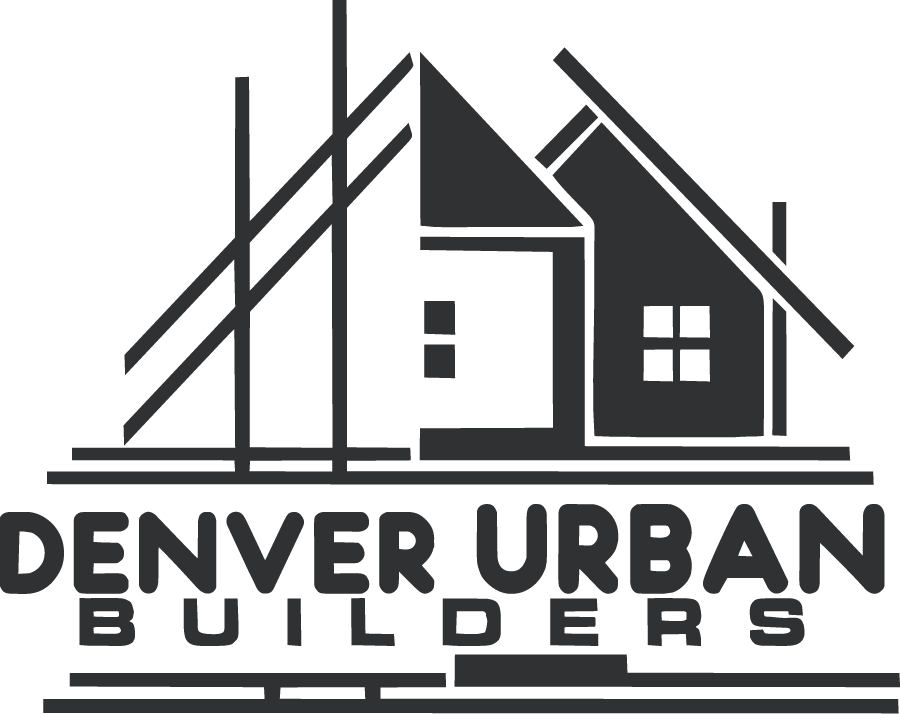Raising the Roof: What to Know About Adding a Second Story to Your Home
Sometimes people become attached to the home that they raised their children in or have changes in family size that requires more living space to fit everyone comfortably. One option is to literally raise the roof of the current home adding a second story addition that expands living space vertically rather than horizontally.
1. What Are the Benefits
There are many benefits of adding a second story addition and/or utilizing specialized pop top construction. Most ground floor additions to a home are built horizontally meaning that the new space will push the home’s interior spaces outwards.
Most often, these room additions consist of building a new bedroom, closing off a porch or upstairs balcony area, or expanding a current kitchen space. Family dens and kid’s playrooms are also popular home additions. Homeowners often repurpose an attic or basement to gain more living space inside.
Some common benefits of building a home addition include:
- Allows Family to Remain in a Home They Cherish
- An Addition Can Increase Interior Living Spaces
- Fairly Simple Home Remodeling Project
- Additions Can Raise Overall Home Value
- Adding More Interior Space Can Make the Home More Enticing to Future Buyers
Some homes are situated too close to a neighboring home, and city codes often have strict rules on building a house addition too close to a bordering property line. In these types of cases, building upwards may be the perfect solution for gaining more space.
However, this is a far more complicated home remodeling project, and this type of job should only be completed by an experienced team of builders familiar with this sort of work.
A few benefits of adding a second story or pop top addition include:
- Families Can Remain in Their Much Beloved Home
- Can Gain Lots of Space for Growing Families or Other Space Needs
- Doesn’t Require Getting Too Close to Neighboring Properties
- Can Include Building an Addition Overtop of an Existing Garage or Closing in a Porch or Balcony
2. What Are the Requirements of the Preexisting Structure
Before purchasing any building-related materials or hiring a building contractor, homeowners need to consider a few potential setbacks for building their desired home addition. Every town and community typically will have specific building codes and safety regulations that any homeowner must be compliant with before getting the approval to move forward with their intended second-story building project.
Some strict requirements of the preexisting structure may include:
- Obtaining Needed Building Permits & Determining Where the Property Lines Are & How Close the New Addition Will Be to Other Properties
- Making Sure That the Existing Structure Has a Strong Foundation
- Reviewing & Abiding by All City, Town or County Building Codes, Regulations & Homeowners Association Rules
- Making Sure That Electrical System Will Handle the New Space Load Safely
- Inspecting & Determining Whether Existing HVAC/Furnace/AC Units Will Handle the Extra Space Load
- Figuring Out Whether Water & Sewer Pipes Need to be Rerouted Before Building Starts
Note: It Takes Expert Skills to Blend New Addition Exterior Architectural Style with Existing Structure
Trying to blend two different styles of architecture and exterior design elements is a job best left to the professionals. This takes an enormous amount of experience, training, and talent to get a cohesive design that will add to the structure’s curbside appeal rather than creating a design style mishap that can make the whole structure look mismatched with jarring differences that stand out and not in a good way.
3. What to Know Before Contacting a Contractor
Homeowners interested in building a second-story addition to their existing home are urged to speak with a local and reputable building contractor familiar with this sort of work project. This type of job requires the skills of professionals to get everything right and completed in a safe manner. A home addition is a huge step, so do your homework when looking for a contractor.
Considerations before contacting a contractor include:
- Knowing Where Your Property Lines Are
- Getting the Latest City and/or Township Building Codes & Regulations Info Plus Securing the Proper Building Permits
- Having Your Home’s Foundation Evaluated by Licensed Engineers
- Determining Your Overall Finished Design Aesthetic Features
- Inspecting Electrical, Heating/Cooling & Water/Sewer Systems & Whether They Are Suited for the Extra Load or Need Upgraded
Final Thoughts
Get in touch with a local building contractor that provides superior pop top construction and related building services. Contact Denver Urban Builders by phone or online fill out our contact form for more in-depth information.
Nick Poulin
Denver Urban Builders began in 2017 owned and operated by GC, Nick Poulin. Nick is a Colorado Native and has been in the business of building for 18 years. Nick began in construction at a young age in the family business.

